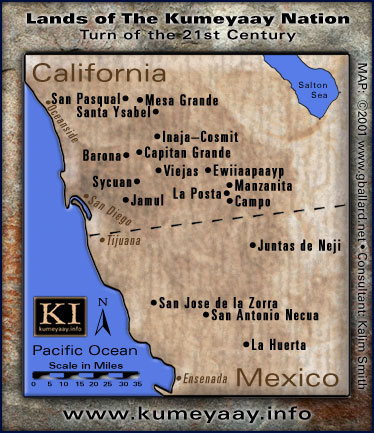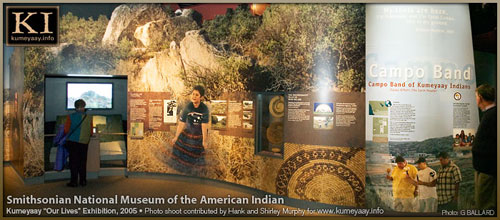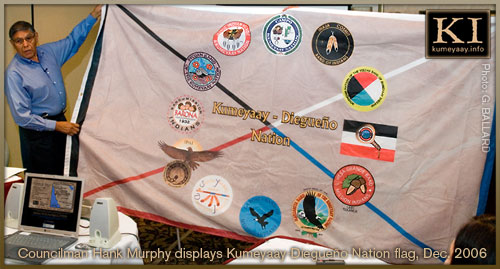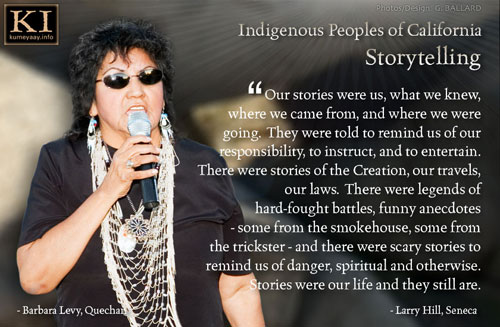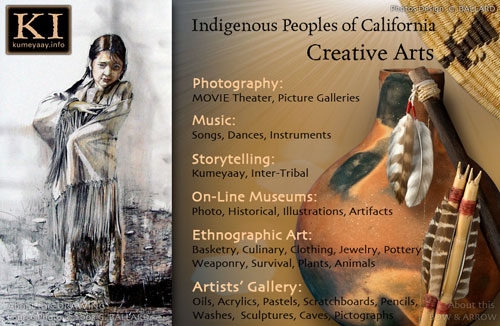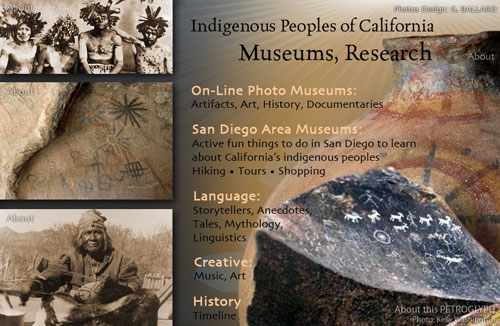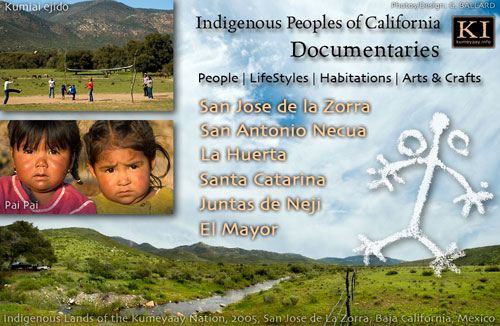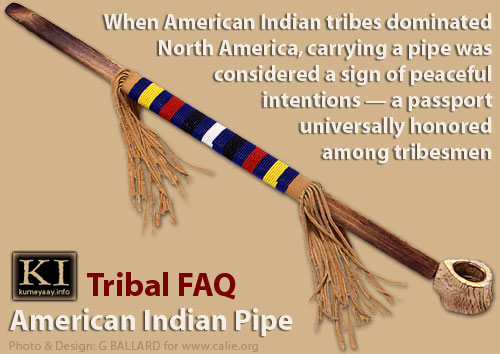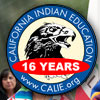 |
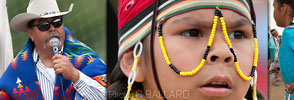 |
 |
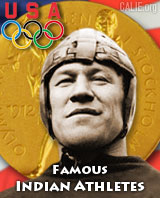
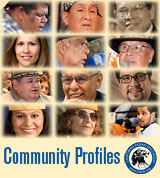
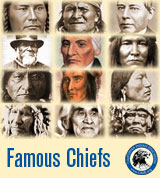
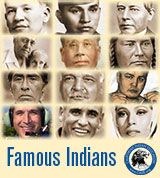
Publishing Corner: Indian Community: Science & Wonder Indian Heros: California Indian Art: CALIE Library: Academic Financial Aid: Tribal Governments: Indian Gaming: |
 Phillip pictured at Angel Mountain Road, Mesa Grande, CA., in 2013 PHILLIP ESPINOZA Akway Nyewaa (Coming Back Home) 90-Mile Spirit Run
Phillip Kwa'han Espinoza has completed his pledge to honor his Uncle and all the Native American children who experienced, suffered and may have lost the richness of culture the is a rightful past of their traditional heritage. Phillip said, “I completed my three-day, 90-mile Spirit Run from Sherman Indian School back home to Mesa Grande in honor of my Great Uncle Alfonso. I changed my life in hopes that I can inspire others to do the same. I witnessed a dream come true. Running has taught me a lot of things, and this one-year journey of mine became something bigger than I could have ever imagined. They say a picture is worth a thousand words. Let's just say there aren't enough words in the English language. Eyaay ehan.” WATCH Phillip running on youtube.com video: Some residents of local Kumeyaay reservations exercise a right that few other Native Americans possess — dual United States and Mexican citizenship. The original territory of the Tipai peoples straddled the political division of these two modern nations, so their descendants are free to move about from homes of relatives on either "side" of the border. The Kumeyaay continue ancient cultural ties with the Colorado River peoples, who, in earlier times, would often move toward the Jacumba Mountains through the dry Imperial Valley to avoid the blistering heat. Occasional fiestas are held at Campo, usually tied to church festival days such as the All Saints Day Barbecue. Many older tribal customs are still kept such as native languages, gourd dances, and epic songs (bird songs). Archeological sites in the area are known and revered, but since they are undeveloped and unprotected, they must remain confidential. THE COASTAL VILLAGES first felt the impact when the inhabitants were forced into the Spanish domain. The padres attempted to obliterate their customs and traditions, but were not completely successful — especially since many of the people fled to mountains and arid areas outside the mission system, where language and traditions could persist. When the American period began, the people were still in remote places that had few resources. Since gold prospecting was not a factor they were left pretty much alone, except when the better land became coveted by American settlers. Assimilation was never complete.
Like the figures in the ancient oral literature of Native Americans, children who lived through the American Indian boarding school experience became heroes, bravely facing a monster not of their own making. Sometimes the monster swallowed them up. More often, though, the children fought the monster and grew stronger. The volume "Boarding School Blues" draws on the full breadth of this experience in showing how American Indian boarding schools provided both positive and negative influences for Native American children. The boarding schools became an integral part of American history, a shared history that resulted in Indians “turning the power” by using their school experiences to grow in wisdom and benefit their people. Back to Roy Cook's Articles page... AMERICAN INDIAN SPORTS ART POSTER "Akway Ny'ewaa: Coming Back Home 90-mile Spirit Run
ON-LINE KUMEYAAY RESOURCES
Produced by Ernie Salgado Jr (Soboba tribe). |
CALIF INDIAN EDU NETWORK: AHMIUM.org | SDICENTER.org | APAPAS.com
—
WEB SITE DESIGN
www.calie.org COPYRIGHT 2008-Present • ALL RIGHTS RESERVED






